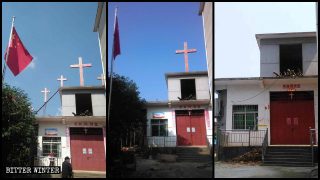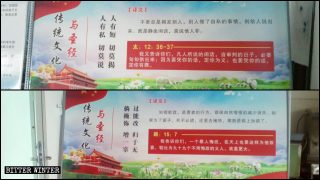Any building that doesn’t look authentically Chinese is quickly becoming so, thanks to the ongoing “sinicization” campaign.
On January 26, under the command of officials from the Religious Affairs Bureau of central China’s Yiyang county in Henan Province’s Luoyang city, a Three-Self church in Fuchang village was transformed: The original Western-style steeple and cross were dismantled, and the building converted into a “Chinese-style private house.”
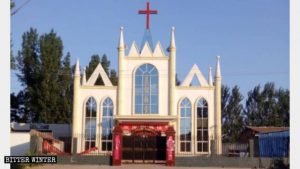
“In late December of last year, the Religious Affairs Bureau notified us that the church was going to be ‘transformed.’ They said that we believe in the God worshipped by foreigners and that the church is also foreign in its style,” a source said. “Following national policies, they must all be modified to have a Chinese style. The government may also occupy the church and repurpose it. In an attempt to save the church, believers bought and placed 20 sewing machines in the church to make it look like a clothing factory.”
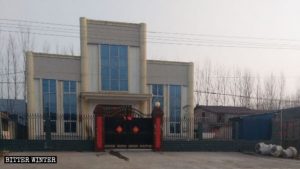
Previously, the county government had issued a document demanding that existing registered religious venues be revamped; the document outlined that these venues can’t “crave things big and foreign” or imitate Gothic or Romanesque architecture – they must embody Chinese aesthetics only.
Mosques throughout China are also “sinicized,” like the one over in Shanxi Province, whose Arabic style was forcibly altered.
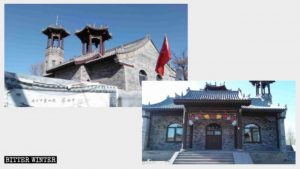
“This was designed by our county’s Religious Affairs Bureau and the city’s Islamic Association. No matter how I look at it, I still can’t get used to it. It doesn’t have the original mosque flavor any longer,” a local imam said.
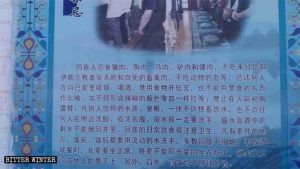
In China’s northern Handan city, in Hebei Province, crescent-moon symbols and onion domes have also been dismantled from the tops of mosques in several counties with concentrated populations of ethnic Huis, such as Daming county and Qiu county.
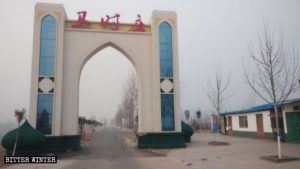
The “sinicization” of buildings has not been limited to religious venues. The government spent more than 20 million RMB (about $2.86 million) to alter Suzhou’s “Tower Shadow Bridge,” making it “more Chinese.” The officials’ alleged reason for the bridge’s alterations: safety.
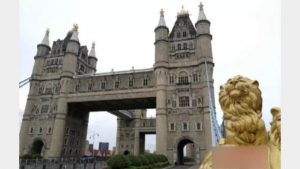

source:BITTER WINTER/Gu Xi

